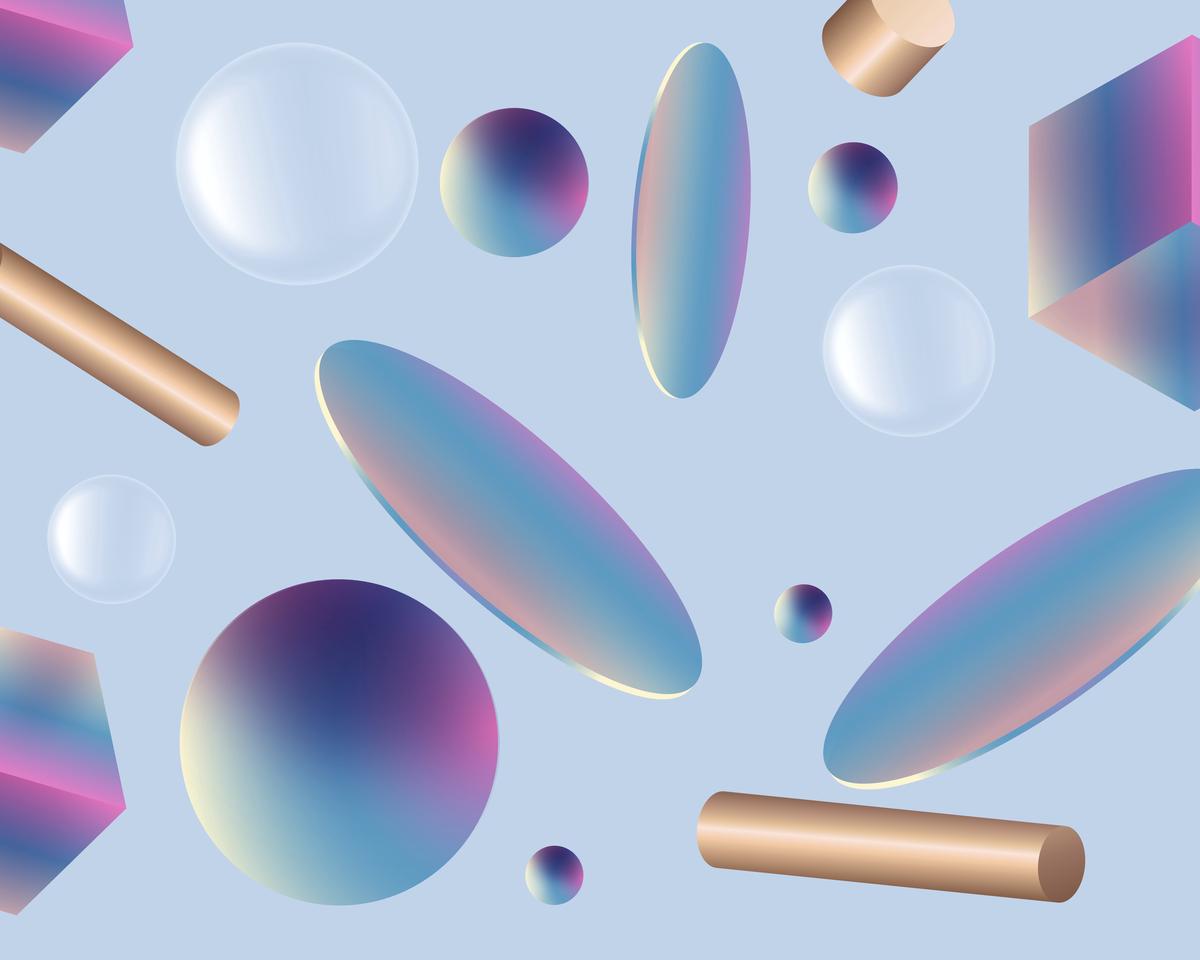In the increasingly digital world, User Experience (UX) Design holds a pivotal role in bridging the gap between users and technology. By drawing on insights of cognitive psychology, employing practical tools and methodologies, analyzing real-world scenarios and acknowledging future trends, UX Design has gained significance in the creation of meaningful and seamless interactions between users and products. This exploration will dive into the science, practices and impact of UX Design, as well as the future trends anticipated in the field.
The Science of UX Design
Leveraging Cognitive Science in UX Design: The Secret to Engaging User Experiences
Have you ever wondered what drives the sleek intuitiveness of your favorite application or the absorbing nature of a well-crafted website? The answer lies in the science of the mind – cognitive science – and its pivotal role in User Experience (UX) design.
UX design, an integral stage in product development, involves creating a seamless, intuitive interface that keeps users engaged and satisfied. Every swiped notification, voice command recognition, or sequenced task mechanism on a digital platform is a product of strategic UX design. But for these design elements to effectively harness user engagement, cognitive science becomes a crucial reference point.
Down to brass tacks, cognitive science is an interdisciplinary field that investigates how information is received, processed, and utilized by the brain. It explores understanding, perception, memory, attention, and emotion, areas deeply relevant to UX design. By applying cognitive science principles, UX designers can create an interface resonating with users on a psychological level.
A major cognitive science principle applied in UX design is cognitive load theory. The human mind has a limited capacity to process new information and perform tasks. If an application’s interface is cluttered with unnecessary elements, it increases the cognitive load, making it challenging for users to navigate and interact. UX designers use this principle to create visually balanced designs with streamlined information presentation.
Next on the lineup is the principle of cognitive consistency. When using different apps or websites, users often encounter similar design elements, like a shopping cart icon on an e-commerce site or a hamburger menu on mobile applications. These familiar patterns leverage the brain’s inclination towards consistency and familiarity, reducing overall cognitive strain and promoting user friendliness.
The Gestalt principles of visual perception, a cornerstone in cognitive science, is another invaluable asset in UX design. These principles, such as similarity, continuity, and proximity, help designers organize visual elements in a manner that the human brain naturally prefers, thereby increasing the user’s understanding and interaction with the product.
Emotion is another critical factor in cognitive science that immensely influences UX design. Including emotional elements like pleasing aesthetics, personalized experiences, and creating a sense of accomplishment can substantially enhance user engagement.
Lastlȳ, UX designers are harnessing cognitive biases – the systematic errors in judgment and decision-making – to their advantage. Priming, scarcity bias, or the bandwagon effect influences users’ decisions, leading them towards desired actions like signing up for newsletters or purchasing a product.
Cognitive science and UX design are, thus, profoundly interconnected. UX designers, in their quest for crafting engaging digital experiences, have cognitive science as their efficient toolkit. This mélange of scientific understanding and design proficiency enables UX designers to create products that resonate with users, guiǵ their interactions, and encouraging their engagements. As technology continues to evolve, the insights from cognitive science are becoming progressively more vital to developing innovative, intuitive, and engrossing UX designs.

Practical Approaches to UX Design
Today, we shift gears and dive straight into the complex territory of the methodologies and tools that are currently setting the pace in UX Design, creating unparalleled user experiences.
Among the prevailing UX design methodologies, Lean UX Design stands tall. Evolved from Agile methodologies used in software development, it possesses a focus on the user needs and experiences over exhaustive documentation. The central ethos is to iteratively improve the product based on user feedback. This approach reduces the possibility of mismatched expectations and fosters a culture of shared understanding and responsibility towards creating exceptional user experiences.
Another emerging methodology is Customer Journey Mapping. Picturing the complete journey of a user from the initial contact, through the process of engagement and into a long-term relationship, it provides insight into customer behavior and preferences. By focusing on user perception at each interaction point, it facilitates the proper arrangement of interface elements to ensure easy task completion.
Coming to the bleeding edge tools of UX design, Sketch presents a designer’s dream come true. This Vector-based design tool renders high-quality graphics and complements holistic UX design. Sketch’s ability to export assets in various formats and sizes at once makes it uniquely advantageous for designing for multiple platforms.
Next in line is InVision, a prototyping tool that facilitates the transition from a static design to an interactive one seamlessly. Supported by a cloud-based platform, it facilitates remote team collaborations and real-time design interactions. The tool supports user journey simulations with animated transitions, creating realistic interactive prototypes.
Not to miss, we have Figma, a robust design tool with a strong focus on collaborative design. It combines the functionality of Sketch and Invision, allowing designers to simultaneously work on the same project, view changes live, and share prototypes easily. Its browser-based approach removes limitations related to operating systems, making it a favourite in the UX design arena.
Lastly, we have Adobe XD, a heavyweight in the field and a comprehensive tool for UX design. Offering design, prototype and share features in a single application, it makes UX/UI design simpler and faster. Adobe XD supports vector design and wireframing, and integrates with other Adobe Suite tools.
With an array of methodologies and tools like these, UX design is gaining new dimensions. Harnessing cognitive biases, reducing cognitive load, and ensuring cognitive consistency have become an art science mash-up. The role of cognitive science in this arena has grown enormously and is shaping new ways of innovating UX designs. A deft blend of right methodologies, cutting-edge tools, and a strong understanding of cognitive science might just be the secret ingredient for the interactive design of the future.

UX Design in Real-World Scenarios
In the quest to optimize business performance, a surprising and often underestimated ally is found: User Experience (UX) Design. Modern businesses gravitate towards UX design not only for its aesthetic or functional traits, but also due to its profound impact on customer conversions, customer loyalty, and overall business growth.
Applied in full force, UX design goes beyond software; it pervades physical products, service design, and even business strategies. This comprehensive takeover can be attributed to its primary goal – creating satisfying and efficient experiences for end-users to foster a pleasant connection with a product or service.
Factors like user-centred design or Lean UX have gained popularity, focusing on continual product improvement with rapid hypothesis testing and iterative design changes. It promotes active learning, flexibility, and efficiency, fostering a shared understanding within teams about the right product experience, further enhancing business operations.
Another instrumental tool in the UX design arsenal is Customer Journey Mapping. With its focus on understanding customer interactions with a product from the user’s perspective, it can release a multitude of insights on customer pain points, moments of delight, and areas where customer experience can be improved. When these user experience enhancements are implemented, customer loyalty increases—a direct influence on business performance.
In the realm of UX design tools, technology is proving transformational. For instance, tools like Sketch, Adobe XD, Figma, and InVision are proving invaluable. InVision, a prototyping tool used for interactive and animated feedback, enhances the iterative design process leading to a more efficient, quicker design journey.
Sketch and Adobe XD are design powerhouses capable of a myriad of designs from wireframing to high fidelity design work. Their collaborative attributes foster more productivity especially in larger teams, ensuring every team member can contribute seamlessly.
Figma, another industry favourite, stands out for its browser-based interface, enabling direct, real-time collaboration. This reduces overheads and streamlines the design process – key factors contributing to cost-effectiveness contributing to better business performance.
In essence, the application of UX Design in real-world settings is more than just designing attractive interfaces. It represents how businesses interact with their audience, shaping perceptions of the brand, influencing customer choices, and boosting business growth. As technology evolves, UX tools will continue to ameliorate processes, promoting efficiency and effectiveness within the design teams and eradicating barriers to the sought-after perfect user experience.
As a consequence, UX Design becomes a pivotal touchstone for businesses to learn more, adapt better, and perform at their best, redefining customer experiences and driving business success.

UX Design’s Future Trends
Looking ahead to the future of UX Design, some fascinating trends emerge.
Experience-driven commerce, voice user interface (VUI), and even augmented reality (AR) are beginning to reshape the landscape, opening the door to innovation and new ways of engaging users.
Experience-driven commerce has become a crucial part of modern business strategies. It’s about more than just selling a product – it’s about designing an entire journey that delivers a unique and memorable experience to users. Retailers are now exploring immersive technology, integrating AR and virtual reality (VR) to enhance the customer’s buying process. Successful UX design, in this case, is no longer confined to the digital realm. It extends to the real world by leveraging technology to create personalized, interactive, and highly engaging purchase experiences.
Voice User Interface (VUI) is another powerful emerging trend in the field of UX Design. As the names suggest, VUI involves user interaction with technology through voice recognition instead of traditional input methods. With advancements in Artificial Intelligence and the growing popularity of voice-activated devices such as Amazon’s Alexa, Google Home, and Apple’s Siri, the role of VUI in UX design is rapidly gaining traction. Soon, it won’t just be about designing visually appealing user interfaces; it will also be about creating compelling voice interfaces. VUI, when effectively employed, can dramatically enhance accessibility—making technology more inclusive.
Another exciting trend to watch out for is the widespread application of Augmented Reality in UX Design. With big players like Apple and Google heavily investing in AR, it has potential to revolutionize the UX design landscape. AR provides an interactive experience of a real-world environment—superimposing computer-generated images over the user’s view of the real world. Imagine shopping online for furniture and being able to see exactly how a certain piece would look in your room through AR technology. It’s a game changer in the world of user experience.
As technology continues to evolve, the role of designers is becoming increasingly multidisciplinary. Designers are now required to gain familiarity with various programming languages, develop an understanding of complex AI algorithms, and stay up-to-date with the rapid advancements in AR, VR, and VUI technologies.
It’s an exciting time for UX design. The floodgates for innovation have been thrown wide open, and there is a growing demand for solutions that significantly enhance user experience. The integration of these emerging technologies into UX design is transforming the way designers approach their work, redefining what it means to create a truly ‘user-centered’ design. So, fasten your seatbelts – the future of UX design is here, and it promises to be nothing short of spectacular.

Photo by eleuscreative on Unsplash
The high degree of personalization that is now achievable, through understanding and using UX Design effectively, has created revolutionary opportunities in technology. There is no denying that the trajectory of UX Design is shifting towards employing emerging technologies and accommodating diverse user preferences. By embracing and learning the patterns in data, designers can adapt their methods, tools and practices to provide nuanced user experiences. Looking forward: as AI, AR/VR and machine learning continue to evolve, UX Design is primed to not just keep up, but pioneer the way we interact with digital experiences.






